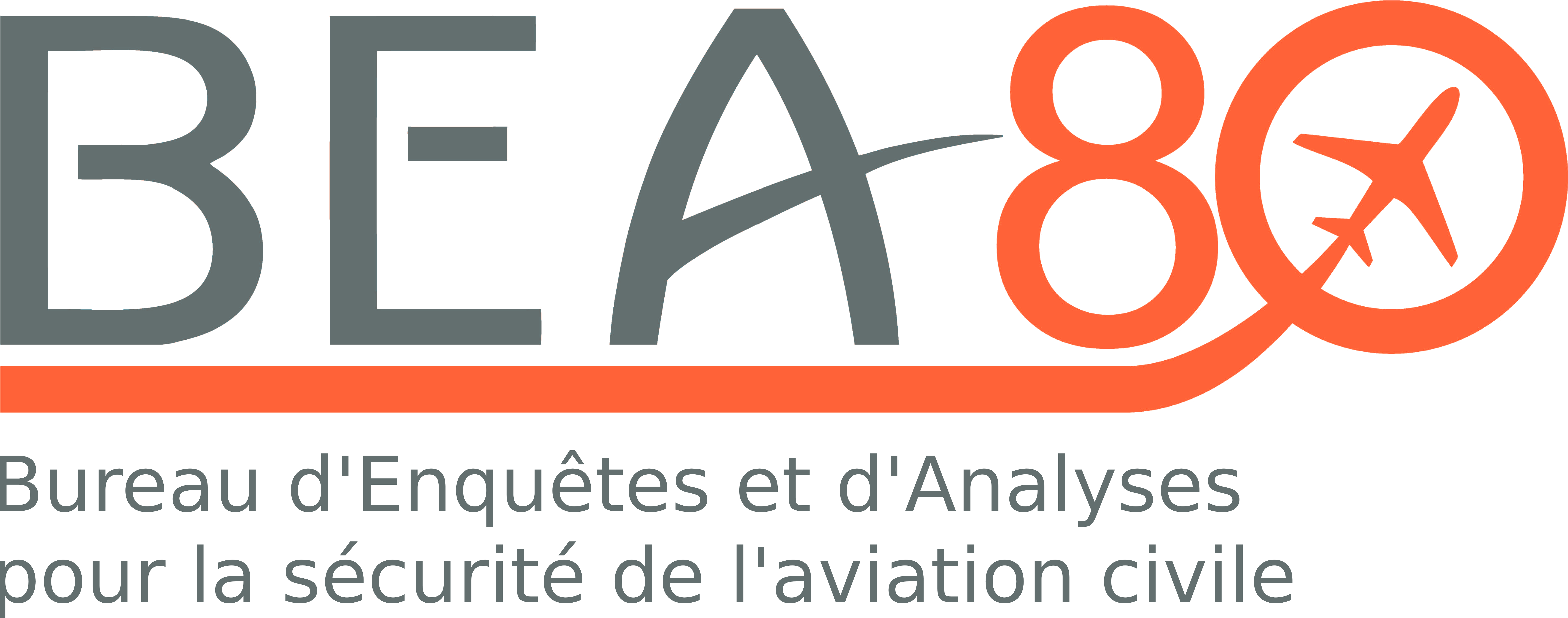Serious incident to the Boeing 777-F registered F-GUOC and operated by Air France on 22/05/2015 at Paris - Charles-de-Gaulle (95)
Calcul des paramètres de décollage avec une masse erronée, décollage à faible vitesse, passage à faible hauteur du seuil opposé
The Boeing 777-F took off at low speed and the TailStrike Protection (TSP) of the aeroplane was activated. The aeroplane did not gain altitude. The crew then applied full thrust. The aeroplane flew over the opposite threshold at a height of approximately 170 ft and continued to climb. During the climb, the crew discussed the causes of the incident and realized they had made a mistake of 100 tonnes in the weight used for the calculation of the take-off performance parameters. The crew continued the flight to destination without any further incident.
The investigation showed the lack of robustness of the operator’s procedures and the heterogeneity of the weight data manipulated. These elements contributed to the error of 100 tonnes and to the ineffectiveness of the checks of the weight values used, in particular they did not lead the crew to use the known orders of magnitude.
The crew was not warned by the aircraft systems about the gross difference of 100 tonnes between the weight entered in the EFB to calculate performances and the weight calculated by the FMS. Nor was the crew warned of the loss of protection against the entry of speeds which were too low. A FMS message was displayed to inform the crew that the FMS could not compute reference speeds but this did not enable the crew to detect inconsistencies in the entered data.
For more than 15 years, several international studies and numerous investigation reports have studied the question of the use of erroneous parameters at take-off. The findings from these works converge to highlight the limitations of operational barriers and to promote technical solutions such as On-Board Weight and Balance Systems (OBWBS), data discrepancy detection and warning systems during data entry and Take-Off Performance Monitoring Systems (TOPMS).
The main civil aviation authorities around the world have taken different approaches to these areas of improvement. The FAA, EASA and Transports Canada(1) initiated various working groups to study the benefits, feasibility and possible standardization of these systems. However, up to the publication of this report, civil aviation authorities have not been able to significantly bring their influence to bear on the availability of the most effective technical solutions. Based on the safety benefits assumed to be achievable in the short term, EASA, for example, until the serious incident of F-GUOC and again thereafter, prioritized the reinforcement of operational barriers, thus targeting Competent Authorities, operators and training organisations. It was assumed by EASA that these actions would be supplemented by the technical progress achieved by the industry. For all that, EASA has not yet completed the review of new technical systems actually developed by the industry and has therefore not been able to encourage their deployment, at least on the most exposed aircraft types.
This is why, as for most aircraft operated for commercial air transport, the Boeing 777 registered F-GUOC was not and still is not equipped with effective systems to prevent the use of erroneous parameters at take-off.
As a result, the BEA has issued several safety recommendations to Air France, the DGAC, Boeing and EASA. These concern in particular:
- data entry procedures and associated weight data media;
- warnings and protections related to the use of erroneous speeds on Boeing 777; and
- more generally, technical systems to be developed and/or implemented on the most exposed aircraft types.
(1)Canadian Department of Transport.
